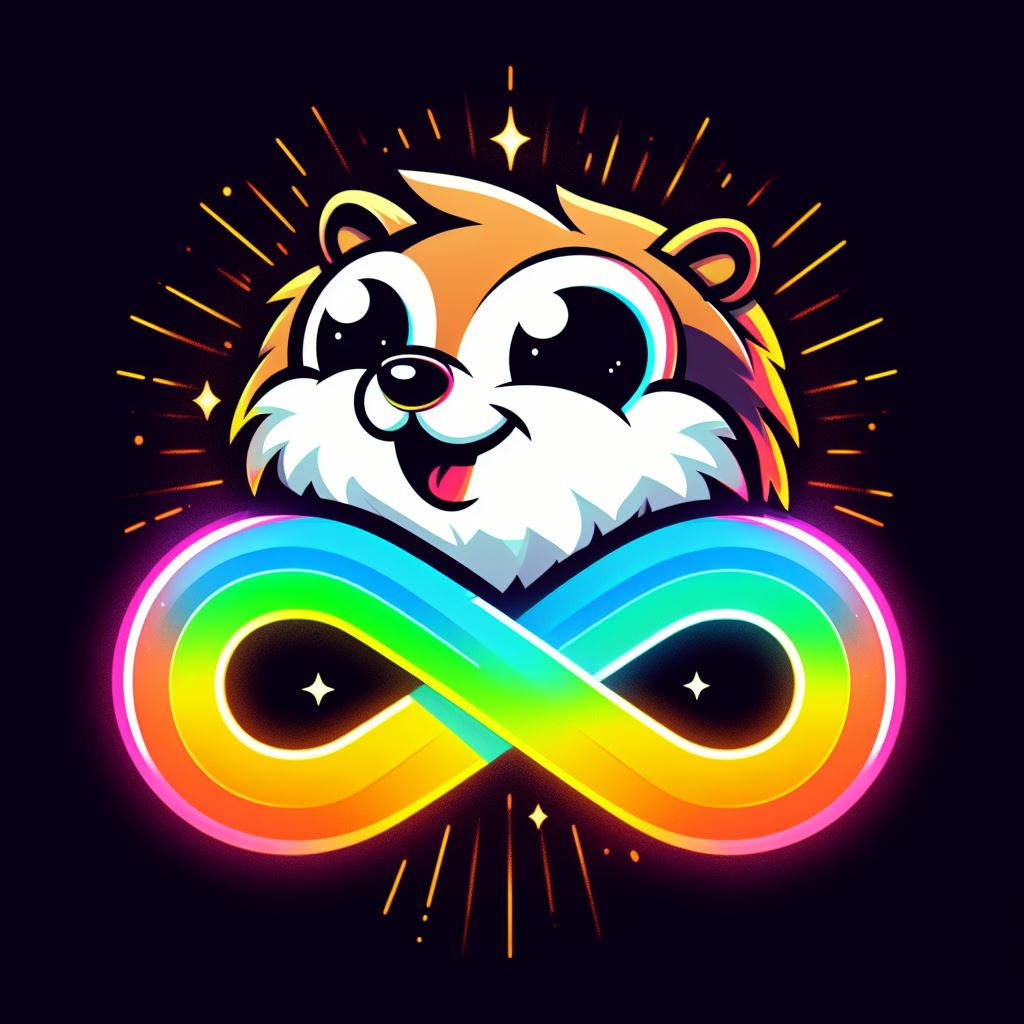…And how exactly do you think people are going to be able to eat meat otherwise? Or have dairy, eggs, wool, etc.? Do you think that people should e.g., raise chickens in the city?
And that’s ignoring the small obligate carnivores that make up most of the pets in the world.
Hey, I’d rather hunt my own food too, but we no longer live in tribal or feudal societies where you can reasonably expect to engage in animal husbandry yourself.



First: How do you reconcile that view with the idea that animals also experience the world as people do with the idea that animals kill and eat other animals? Bears, for instance, are roughly as intelligent as a kindergartener, and yet happily kill and eat any other animals that they can. Pigs and crows are also omnivorous, and will eat any source of meat that they come across. They can all likewise avoid killing if they choose, yet they don’t. Are they immoral? Or does morality only apply to humans? (Even animals that we traditionally think of as herbivorous are opportunistic meat eaters.)
Second: What would you propose replacing animal products with, when there are no alternatives that function as well? What about when the alternative products also cause greater environmental harms?
Third: So you would not have a problem with, for instance, hunting and eating invasive species, since those species cause more harm to existing ecosystems than not eradicating them would? What about when those invasive species are also highly intelligent, e.g. feral pigs? Or is it better to let them wreck existing ecosystems so that humans aren’t causing harm? To drill down on that further, should humans allow harm to happen by failing to act, or should we cause harm to prevent greater harm?
Fourth: “Exploiting” is such an interesting claim. Vegans are typically opposed to honey, since they view it as an exploitative product. Are you aware that without commercial apiaries, agriculture would collapse? That is, without exploiting honey bees, we are not capable of pollinating crops?
Would you agree, given that all food production for humans causes environmental harm, that the only rational approach to eliminate that harm is the eradication of humanity?